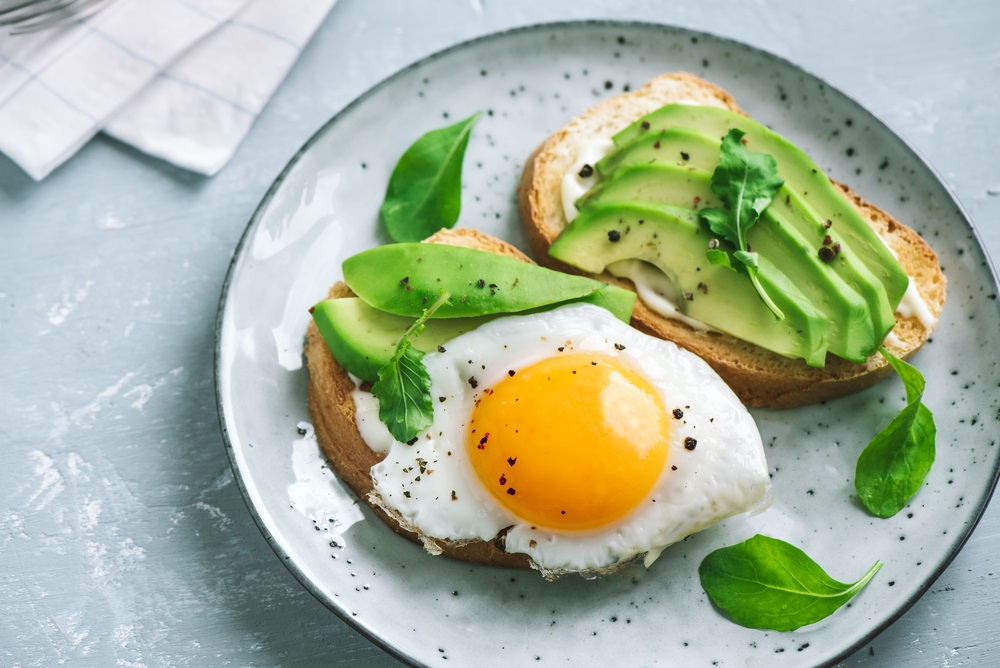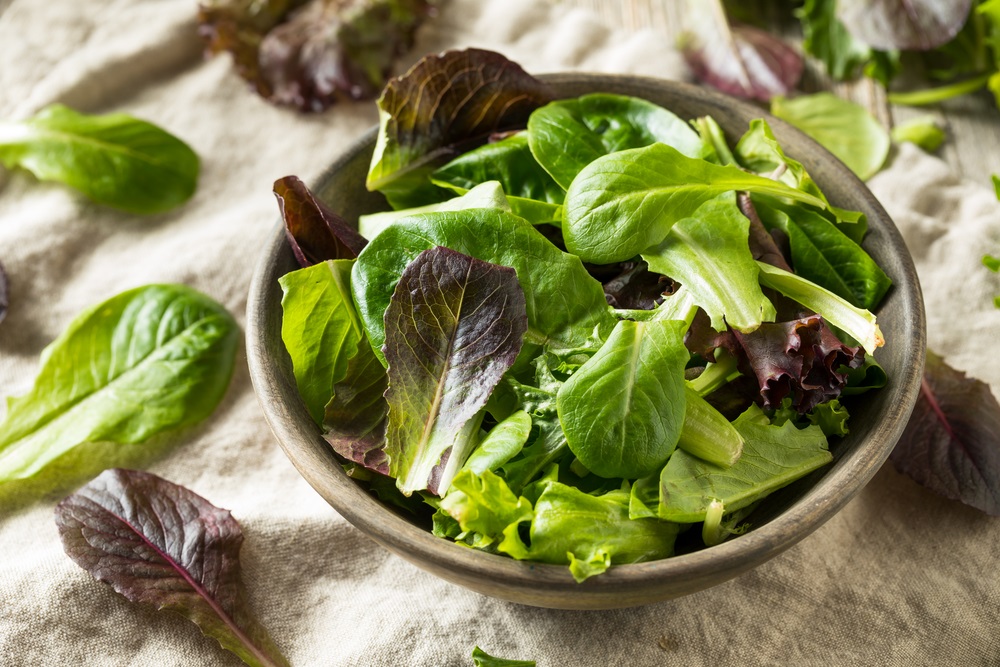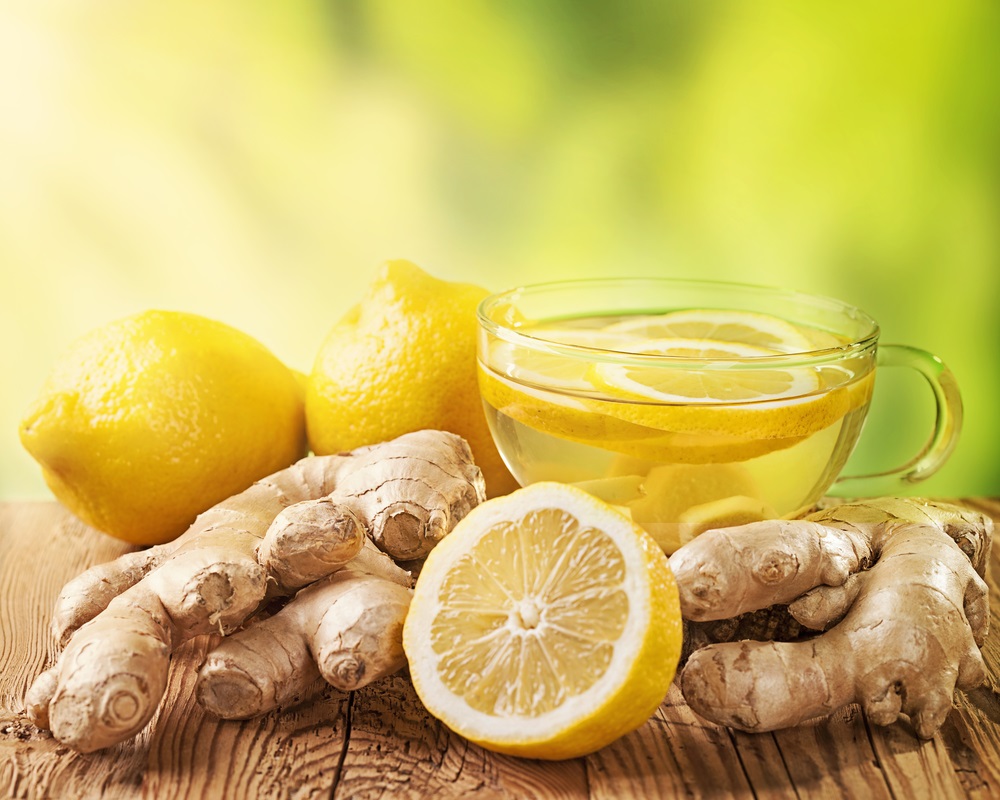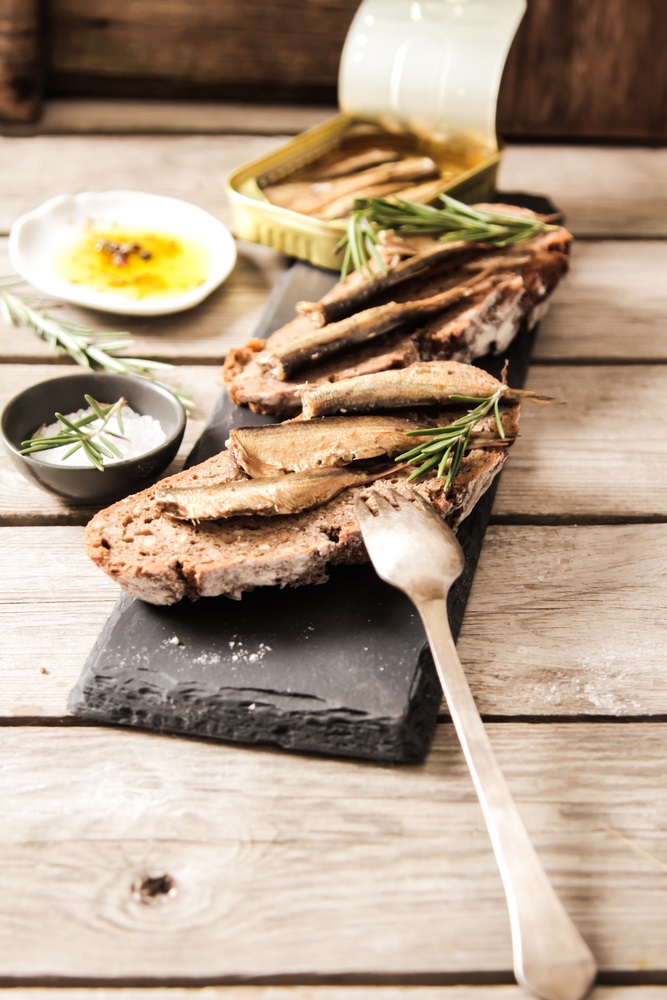- Home
- Blog
- Healthy Eating for Wellness
- 5 fabulous everyday SUPER foods you must eat today. And why.
5 fabulous everyday SUPER foods you must eat today. And why.
Written by Catherine Saxelby
on Wednesday, 18 May 2022.
Tagged: health, healthy eating, healthy lifestyle, nutrition
Every year, several foods emerge that get foodies in a fluster. Last year, the ancient African grain teff rose to fame; the leafy green kale was hailed as a must-eat (something I don’t ascribe to); and rapini (broccoli rabe), black garlic and kimchi (fermented Korean vegetable) were ranked high among the culinary cool kids.
This year is no different; here are the top 5 ‘superfoods’ we can expect to see appearing at supermarkets and on dinner tables.
I’ve included what’s in it for you: nutrition figures, how to use each superfood, recipes to get you started and easy ways to add them to your daily meals.
1. Eggs (and other nutrient-rich foods such as meat, poultry, fish and tofu)
Eggs give you every vitamin except vitamin C. It also contains minerals such as phosphorus, iron, iodine and selenium. Worth mentioning are vitamin B12, which is hard to obtain on vegan diets, and folate, a B vitamin that can help minimise birth defects.
Eggs are a handy source of protein (something we all need, even more as we get older) and they keep well in the fridge for weeks.
Surprisingly, eggs are a source of two carotenoids, lutein and zeaxanthin. These natural compounds are related to beta-carotene, which is usually found only in vegetables and fruits such as carrots.
Nutrition stats
Per serve:
One large egg (65–70 g in the shell) supplies: 355 kilojoules (85 Calories), 6 g protein, 6 g fat (including 2 g saturated fat), trace of sugars, trace of starch, no dietary fibre.
3 easy ways to enjoy eggs
- A poached egg on toasted Turkish bread makes a delicious and easy light meal.
- Add hard-boiled eggs to sandwiches and salads.
- Easy omelette: Beat eggs (allow three per person) then add to a frying pan with chopped green onions (shallots), chopped parsley and grated cheddar cheese. Cover and pan-cook for a quick dinner.

2. Sardines and other oily fish, such as salmon, makerel, trout and herring
Oily fish supplies omega-3s (for your joints) as well as protein, vitamins D and B12, phosphorus, and calcium (if you crunch on the small bones). Sardines are a good option for people who don’t like canned salmon or tuna. Canned sardines are inexpensive, portable and non-perishable.
Nutrition stats
Per serve:
Three canned sardines (about 35 g) supply: 438 kilojoules (104 Calories), 7 g protein, 8 g fat (including 2 g saturated fat), trace of sugars, trace of starch, no dietary fibre.
3 easy ways to enjoy sardines
- Have them simply on toast for a handy winter lunch. Squeeze a wedge of lemon over them before you tuck in.
- Make an Italian sardine pasta salad with capers and a lemon dressing.
- Drain and marinate canned sardines in lime juice for 1–2 hours. Then cook in a tomato and white wine sauce with olive oil, garlic, paprika and half a finely diced onion. Finally, grill them under a griller. Spoon the grilled sardines over cooked rice, adding a squeeze of lime juice over each portion.
3. Green leafy vegetables
Spinach and darker lettuces are among the most common green leafy vegetables, but others are just as nutritious, such as rocket (arugula), silverbeet and Asian greens like bok choy. Include kale here, too, if you like it (I don’t).
These vegetables are packed with vitamins such vitamin C and folate, minerals such as potassium and magnesium, and fibre. They’re also low in kilojoules (Calories). For this reason, leafy greens are often used as the base of salads for weight loss.
Eating a diet rich in leafy greens can offer numerous health benefits, including a reduced risk of type 2 diabetes, obesity, heart disease, high blood pressure and mental decline. We need to eat five serves of vegetables a day, but most of us don’t eat anywhere near this amount.
Nutrition stats
Per serve:
Half a 120 g pack of baby spinach leaves supplies: 50 kilojoules (11 Calories), 2 g protein, 0.5 g fat (including trace of saturated fat), trace of sugars, 0.1 g starch, 0.6 g dietary fibre.
3 easy ways to enjoy dark greens
- Make a leafy green salad.
- Toss a handful of spinach or other greens into a stir-fry or soup at the end of cooking. The spinach will wilt slightly in the heat of the dish, but that’s okay.
- Make a pesto using spinach or instead of basil.

4. Blueberries or other blue-red berries (strawberries, blackberries, raspberries, mulberries, etc)
Like other berries, blueberries supply us with antioxidants called anthocyanins. Anthocyanins are natural plant pigments that give berries their blue-red colour. They slow down the aging of the brain. Importantly, they can boost brain function as we age, as well as protect our eyes from cataracts and glaucoma. Anthocyanins enhance the effects of vitamin C, improve the strength of capillaries and stabilise collagen (the underlying substance of all body tissues). Plus, they improve blood circulation and protect the heart.

All berries are good-to-excellent sources of vitamin C and both insoluble and soluble dietary fibre (such as pectin), which adds to their super food status.
They offer beta-carotene (which gets converted into vitamin A in the body), vitamin E, lesser amounts of essential minerals such aas manganese, potassium, magnesium and phosphorus, and certain B vitamins such as folate (which helps prevent birth defects in babies) and niacin (which releases energy from food).
They contain all this for very few kilojoules/calories. Half a punnet of berries supplies a mere 130 kilojoules (30 Calories), so berries are a guiltless indulgence for anyone concerned about weight-loss. And they’re low GI.
Nutrition stats
Per serve:
Half a 125g punnet (about ½ cup) of fresh blueberries supplies: 130 kilojoules (30 Calories), trace of protein, trace of fat, 7 g carbohydrates, 6 g sugars, less than 1 g starch, 1 g dietary fibre.
3 easy ways to enjoy berries
- Eat them straight out of the punnet as a fruity snack or to finish a meal.
- Add fresh or frozen blueberries to a blender with milk, yoghurt, a small banana (if you want it really thick) and blitz to make a smoothie.
- Add a squeeze of orange juice to some berries and serve with berry yoghurt or ice-cream. You’ll have an ideal light dessert that’s low in kilojoules – not to mention absolutely yummy!
5. Ginger and other spices such as cloves or cinnamon
Spices are nature’s change agents – they can really change the whole culinary aspect of a dish. Ginger (Zingiber officinale) is available throughout the year and is grown all over the world, including at Buderim on Queensland’s Sunshine Coast.
A staple of Chinese medicine, ginger is used to treat morning sickness during pregnancy as well as any sort of motion sickness. There’s evidence that ginger can even be used as a pain reliever.

I like to use ginger in a hot homemade lemon and ginger herbal tea. To make, place 2–3 thin slices or chunks of fresh ginger in a cup and pour over boiling water. Leave for a couple of minutes to steep. The longer you leave the ginger in:, the hotter it gets! Add lemon juice, mint and honey to taste.
Store fresh ginger unpeeled in the vegetable crisper of the fridge for 1–2 weeks. Alternatively, peel and chop into pieces and freeze. You can also cover ginger in brandy or sherry, and store in a sealed glass jar in the fridge. Ground ginger should be stored in an airtight container.
Enjoy the flavour of fresh ginger root in Asian dishes such as stir-fries and curries. Peel a chunk of ginger root then grate, finely chop, slice or crush it in a garlic crusher. Team fresh ginger with garlic, soy sauce, fish, pork, chicken, beef, shellfish, beans, pumpkin and Chinese green vegetables. It’s divine!
Nutrition stats
Per serve:
A tablespoon (10 g, about 2–3 slices) of fresh grated ginger supplies hardly anything. It has only 33 kilojoules (8 Calories), almost no protein, no fat, trace of sugars, trace of starch, trace of dietary fibre and almost no sodium. It adds its pungent flavour without adding to your waistline. It is about 90 per cent water with a small quantity of potassium, an essential mineral needed for fluid balance, but only tiny amounts of other nutrients.
The bottom line
Include a serve of these five superfoods every day and you’ll be on your way to nutritional balance. Go for them!
Foodwatch
The Good Stuff
The Boring Stuff
© 2025 Foodwatch Australia. All rights reserved
Website by Joomstore eCommerce







